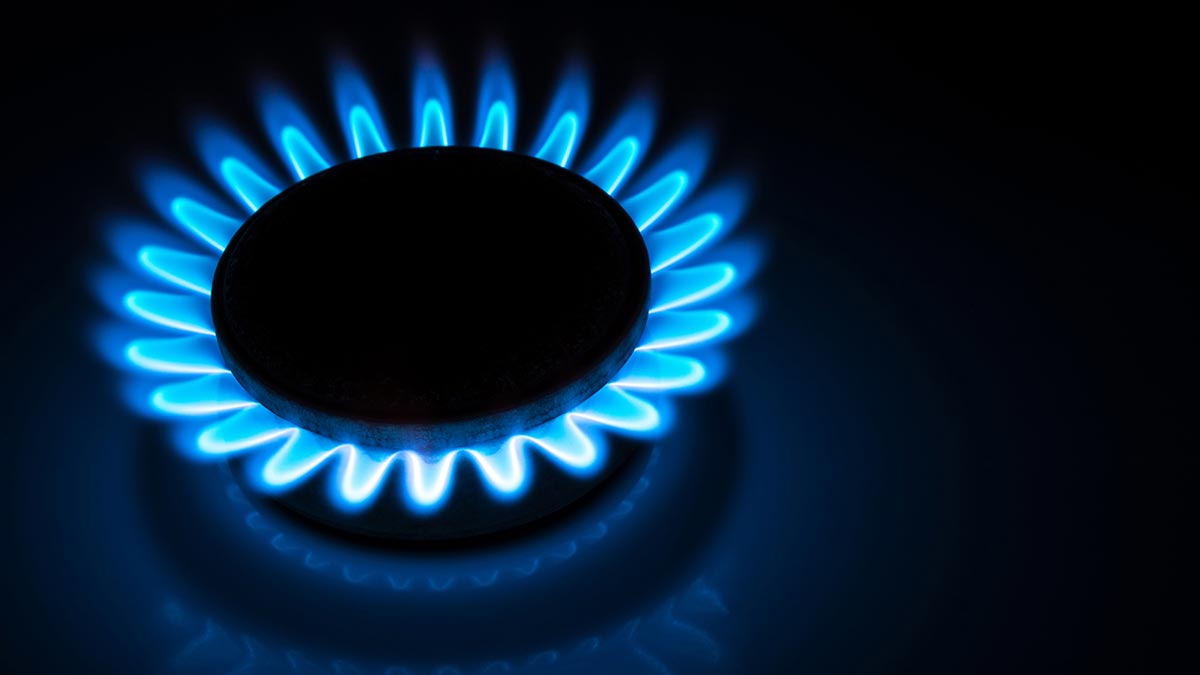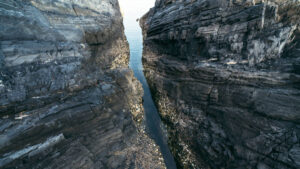Galilee gas flows are a sign of more to come at Glenaras

Galilee Energy is flowing gas from its Glenaras pilot. Pic: Getty Images
Galilee Energy’s (ASX:GLL) goal of becoming a significant supplier of gas into Australia’s gas-hungry east coast market may have taken a big step forward.
The company announced on Thursday that its Glenaras multi-well pilot project in Queensland’s Galilee Basin is now producing 50,000 standard cubic feet of gas per day from 11 wells.
Shares in the company are up more than 20 per cent to 73.5c.
It added that its new vertical wells have achieved excellent water production rates in excess of 9,700 barrels per day (bpd), taking total water production across the project to 14,300bpd.
More importantly, water rates at the laterals (horizontal wells) have declined significantly from their peak rates and are continuing to decline further as the pilot area is depressurised and gas production increases.
To get a better understanding of why that’s important, here’s a mini primer on how CSG wells work.
Unlike regular gas wells that are drilled into rock formations that host the fossil fuel, CSG wells are drilled into coal seams – often vertically – before they are fracture stimulated, which involves pumping fluids and proppants (solid materials) into the seam to induce fractures.
This is then followed by a period of de-watering the well to reduce pressure before gas production in any significant quantities begins.
Once this is achieved, CSG wells typically have a high rate of gas production before declining at a variable rate that can be very sharp in some areas.
A consequence of this is that more wells are typically required at CSG projects to keep production at a stable level compared to conventional gas fields.
On the other hand, coal seams are able to store more gas than a conventional reservoir of the same volume.
Glenaras coal seam gas project
Galilee’s Glenaras pilot is now de-watering with demonstratable gas production really starting to come on line.
This is likely to (possibly significantly) increase gas production at the project as the water production rate falls.
How well it will perform remains to be seen, but a successful pilot will allow the company to tap the substantial gas resources present within the project.
Glenaras currently has a 2C contingent resource of 2,508 petajoules (or about 2.4 trillion cubic feet) of gas.
And there’s more.
Proving up the ability of the Glenaras project will also pave the way for Galilee to evaluate other prospective areas within its sizeable land holding within the Galilee Basin.
Related Topics

UNLOCK INSIGHTS
Discover the untold stories of emerging ASX stocks.
Daily news and expert analysis, it's free to subscribe.
By proceeding, you confirm you understand that we handle personal information in accordance with our Privacy Policy.








